Ann Putnam fell onto the floor, doubled up and screaming for help.
Before anyone could come to Anns assistance, the whole group of afflicted children were screaming and rolling on the floor and dashing themselves blindly against the benches and walls.
She is pulling my arm, Ann Putnam was yelling, pulling my arm and biting me because I told on her!
At last the minister was able to raise his voice above the noise. Turn her away! he shouted to the constables who waited helplessly near Sarah Goode. Turn her eyes away so that she cannot look upon them.
Copyright 1956 by Shirley Jackson. Copyright renewed 1984 by Barry Hyman, Sarah Elias, Joanne Schnurer, and Laurence Hyman. Cover art courtesy of Peabody Essex Museum, Salem, Mass. All rights reserved under International and Pan-American Copyright Conventions. Published in the United States by Random House, Inc., New York, and simultaneously in Canada by Random House of Canada Limited, Toronto.
www.randomhouse.com/teens
Library of Congress Cataloging-in-Publication Data
Jackson, Shirley, 19141965. The witchcraft of Salem village. SUMMARY : Describes the social and religious conditions surrounding the Salem witch hunts, the extensive trials and executions, and the aftermath of the hysteria. 1. WitchcraftMassachusettsSalemJuvenile literature. 2. Salem (Mass.) HistoryJuvenile literature.
[1. WitchcraftMassachusettsSalem. 2. Trials (Witchcraft)MassachusettsSalem. 3. Salem (Mass.)History.] I. Title. BF1576.J3 1987 974.4502 87-4543
eISBN: 978-0-307-77988-5
RANDOM HOUSE and colophon and LANDMARK BOOKS and colophon are registered trademarks of Random House, Inc.
v3.1
For my son Barry
Contents
NOTE
Salem, Massachusetts, and Salem Village, Massachusetts, were two separate places in 1692. Although only a few miles apart, they differed a good deal. Salem, where the witchcraft trials were held, was a large town, busy and active. Salem Village was a small community, self-centered and frequently almost isolated in the winter, although one of the main highways of Massachusetts ran, and still runs, past the site of Ingersolls inn. The witchcraft cases began in Salem Village, although Salem has had to accept full responsibility. Salem Village no longer exists. Even the ghosts of George Burroughss two wives would have trouble finding it today.
Goodwife, shortened to Goody, and Goodman were the usual forms of address during this period.
Shirley Jackson

1
THE
UNEASINESS OF
SALEM VILLAGE
Building a new life in a wilderness is a job for strong and heroic people. The Puritans of the Massachusetts colony had to surmount unbelievable difficulties in order to stay alive. Their first years, of course, were spent in setting up houses and clearing enough ground to plant crops.
In order to clear a space of land for farming it was necessary to plan for years ahead, and the work required a strong back and a strong faith. The trees were cut down by hand with an axe in such a manner that they would all fall inward upon one another. This was done early in the spring. The trees lay where they had fallen all summer, so that they would dry out, and in the fall they were burned. The result was a burned-over patch of land, filled with stumps and charred embers. When the embers were carted away, a crop of sortsusually barley or corncould be planted between the stumps, and the area used for grain for several years. Then, when the stumps were enough decayed to be drawn out by oxen and chains, the rocks must be removed. Thus, after several years, the land was ready for farming. It could be plowed and a real field of grain planted.
The Indians were a constant danger, and a man working alone in a field was easy prey for them. It was necessary for the farmers to keep weapons by them always. There had been killings by Indians around many of the small villages nearly every year, and as late as 1691 it had been necessary for the county of Essex to establish a corps of twenty-four scouts for protection.
Although it was part of the Puritan plan for each man to have a voice in government through his standing in the church, all did not prosper equally. Some were natural leaders and gradually acquired more land and consequently more influence. Some were, unfortunately, lazy. At a Salem town meeting in 1644 it was ordered that two people be appointed every Sunday to walk about the town and take note of those backsliders who did not attend church services, or who lye at home or in the fields without giving good account thereof. In addition, these patrols were to watch out for Indian attacks and fires.
Travel was, naturally, a hazardous and unpopular activity. Roads were not so necessary as houses and food, and the original custom was to blaze trees to show a track from one farm to another. As these tracks became paths, the underbrush was gradually cleared from them until they became wide enough to permit a horse and rider to pass. After enough traffic the path became hardened and widened until it might almost have been called a road.
Boston was the most important settlement in the colony. By 1690 it was a busy city, the center of government and education. Its people tended to be broader in their views than those in the smaller villages, although their religious discipline was almost as severe. In the smaller places, however, the church was the meeting house, the center of all village activity. In Boston there were government houses, Harvard College, shops, and taverns. People in Boston did not have to gather in the meeting house on Sunday to hear all the news, as people did in Salem Village.
By the late seventeenth century the people of the Massachusetts colonyespecially in Bostonhad already shown strong tendencies toward independence. Because they were so far away from England and the English government, they grew impatient with English ways. The English Book of Common Prayer had been outlawed in the Puritan church, and banishment or death was the punishment for difference of opinion over religion. Massachusetts required its officials to take an oath of allegiance to Massachusetts, but no longer were they required to take an oath of allegiance to the English government. The colony coined its own money, and arbitrated its own disputes.
In an effort to stamp out this growing feeling of independence, a new English governor named Sir Edmund Andros was sent to Massachusetts in 1686. He tried to enforce the English laws. He levied new taxes and declared that many land titles determined by the colonists were invalid, or at least doubtful until they had been confirmed in England.
When the colonists realized that their right to the land they had farmed and cleared was going to be questioned, they rebelled and put Andros into prison, where he was kept for several months until he was sent back to England. As a result, their charter as a colony was revoked, and it was necessary for Massachusetts to send some of its most important men to England in an attempt to get a new charter and establish land rights.
By the year 1692, the whole Massachusetts colony was disturbed and uneasy. In addition to the revoked charter, a calamity which affected every resident of the colony, there were rumors of war with France. The Indians still represented an immediate danger. Taxes were almost unbearably heavy, and attacks by pirates had damaged the growing commercial traffic of the colony.


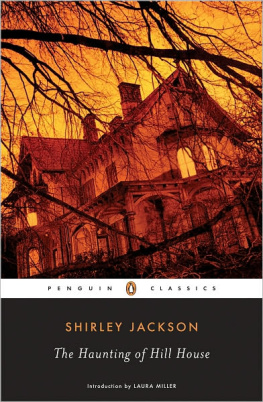
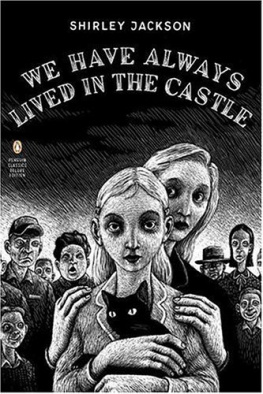



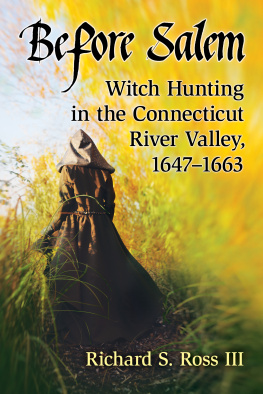

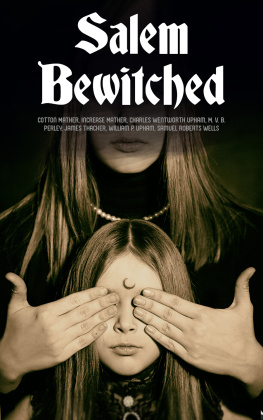

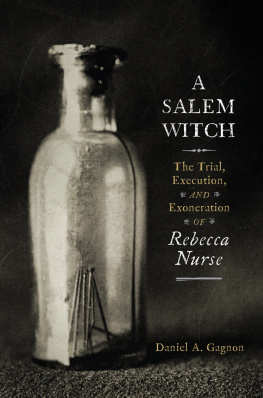


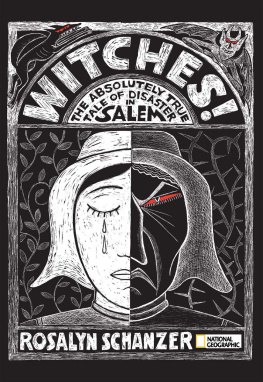
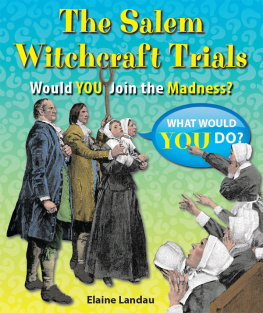

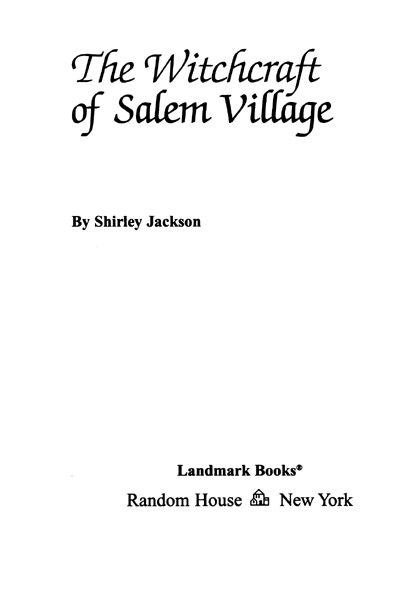
 1
1